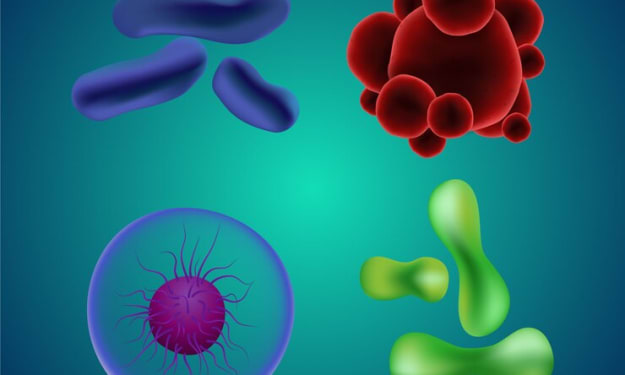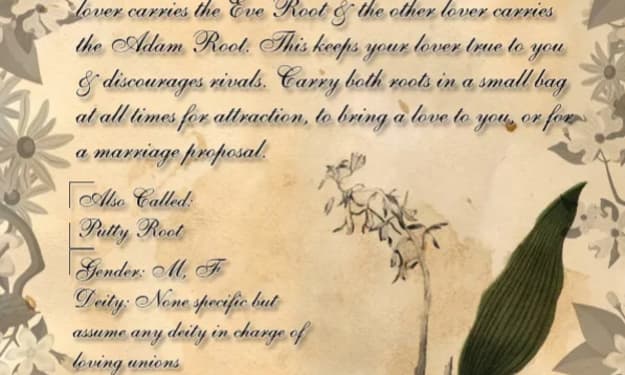Science
experimenters foster new space gemstone imaging procedure

Close Earth space jewels( NEAs) will generally move extremely quick, which makes it hard to take exact filmland of them with telescopes. Judges from China and Ukraine got around this with time postpone conciliation. Experimenters from China and Ukraine have fostered another procedure for concentrating on close Earth space jewels( NEAs) that could help fete and avert disastrous space gemstone influences, as per a new report.
The discoveries of this study were distributed in the companion estimated educational journal The Cosmic Diary. The results of this evaluation, by experts from the Shanghai Vast Observatory in China and the Mykolaiv Bombastic Observatory in Ukraine, are another fashion known as a turning pier channel, which could truly help with easing space gemstone influences from now into the foreseeable future. relating the space jewels going by the Earth.
There are further than known space jewels in the Planetary group, and a large number of them have circles that take them close to the Earth, in some cases in any event, getting over Earth's own circle around the Sun. These space jewels close to the Earth are known as close Earth space jewels( NEAs) or now and again close Earth objects( NEOs). Of them, a select gathering has been the subject of emotional logical interest — and stress. These are known as conceivably dangerous space jewels( PHAs), which should have distances across of north of 140 measures and be sufficiently close to Earth. While little space gemstone influences really do do and are generally relatively inoffensive, an effect from a space gemstone north of 140 measures in range can destroy; as per the Davidson Establishment of Science, the instructional arm of Israel's Weizmann Organization, such a space gemstone would deliver a measure of energy basically multiple times more noteworthy than that delivered by the main nuclear lemon.
Experimenters in the field of planetary guard have been working diligently tracking down countermeasures against possible pitfalls from space. The most famed of these so far is motor diversion, as instanced by NASA's Twofold Space gemstone Redirection Test( outrage) charge, which banged into a space gemstone to modify its circle. still, that's only one side of the coin. The contrary side is checking- trying to construct a full net of telescope comprehensions to keep an eye out for NEAs. While strategies, for illustration, DART could be supposed to be our last anticipation against space jewels, these wide- range telescope networks are our most memorable line of protection.
That's the reason there are as of now so numerous similar telescope fabrics out there for this reason, for illustration, the All encompassing Review Telescope and Fast response Framework( Container STARRS) and the Space gemstone terrestrial effect Last Ready Framework( Chart book). Notwithstanding, there are a many issues with these fabrics, specifically speed. At the point when NEAs pass the Earth, they can be noticed for a seriously expansive stretch of time, kindly talking. They likewise will relatively frequently have extremely high pets because of both their current force and external gravitational impacts.
This fast and long perception time can make stripes structure in their film land, which could make cosmic estimations less exact. The arrangement the scientists behind this study cooked was the rotating pier sludge( RDS) charge- coupled contrivance( CCD) fashion. It implies exercising a CCD camera that can use time defer conciliation imaging, generally used to catch film land in low lighting and quick articles. Continuously’s end, it's wanted to stay down from the barring in filmland that happens when commodity moves superfluously snappily. Telescope directors can use this camera on an uneasiness stage associated with the telescope. also, the scientists need to attend the telescope's turn of events and the space gemstone's course.
By controlling the camera's point and changing the CCD considering how presto the NEA is moving, the eventual outgrowth is effectively progressing prints of the space gemstone taken by remaining aware of its speed. Consequently, judges should have the choice to get more careful filmland of speedy space jewels. This is not fully new. Experimenters have been exercising a procedure like this to read up space jewels for no lower than five times. exercising the RDS CCD fashion, the specialists grounded on comprehensions made in China from 2019- 2023 and in Ukraine from 2011- 2022. The specialists tried to demonstrate its practicality by taking a gander at a relatively as of late set up space gemstone, 2023 BJ7. This space gemstone passed the Earth on January 30, 2023, and was followed by telescopes north of three days. Generally speaking, the scientists say their comprehensions fulfilled a high pace of delicacy. This arrangement is defective, as the openings for boob
is as yet present commodity the scientists honored. In any case, they contend it has implicit, and farther examinations could help with supporting that. In the event that it's fruitful, the more prominent image of the macrocosm and its threats can turn into a piece more clear for us on The earth.
About the Creator
gohar gohar
"Crafting tales that transcend reality, I mold worlds with words, weaving intricate plots and vibrant characters, inviting readers into realms of imagination."
Enjoyed the story? Support the Creator.
Subscribe for free to receive all their stories in your feed. You could also pledge your support or give them a one-off tip, letting them know you appreciate their work.





Comments
There are no comments for this story
Be the first to respond and start the conversation.